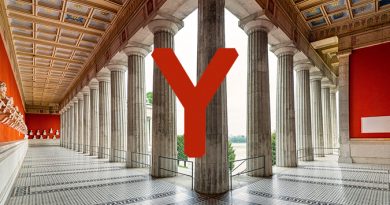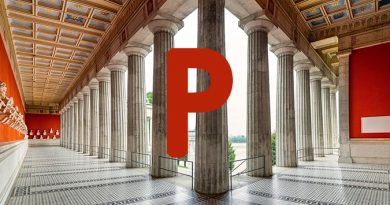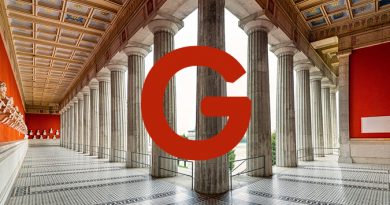N
Tadaichi Nagao Court interpreter b. c. 1866, Tokyo, Japan; d. January, 1950, New Denver, B.C. After studying in San Francisco, he arrived in Vancouver in 1889, the 12th Japanese national to settle in Vancouver. Worked in a Hastings sawmill, Steveston cannery and sold sundries in the old Hotel Vancouver. By 1893, there were some 250 Japanese in the city, many imported by Dunsmuir Coal of Nanaimo. From 1900-07, Japanese immigration increased, including some families. Tadaichi helped them find jobs with the CPR and Hastings Mill. Employed as a court interpreter for 40 years. During WWII, relocated to New Denver where he died after 66 years in Canada. “A student and philosopher, he made his life work the Canadianization of the Japanese in Canada.”
Jack Manzo Nagano Pioneer Japanese immigrant b. March 27, 1855, Kuchinotsu (near Nagasaki), Japan; d. May 21, 1924, Kuchinotsu. At 23, worked as a cabin boy from Nagasaki to New Westminster on a British ship, arriving in 1877 as the first Japanese immigrant in B.C. and possibly in Canada. Fished for salmon on the Fraser with an Italian and later worked the Gastown docks. Travelled back and forth from Japan several times. Ran businesses in Yokohama, Seattle and Victoria. Pursued several ventures, including a hotel for Japanese immigrants. Prospered exporting salted salmon. In 1977, a mountain in Rivers Inlet area was named for him in honor of the Japanese Canadian centennial.
Edward Gilbert Nahanee Longshoreman, Native Brotherhood of B.C. organizer b. April 9, 1897, Moodyville, B.C.; d. April 3, 1989, North Vancouver. His heritage was Kanaka (Hawaiian aboriginal) and Squamish native. His grandfather, Joe Nahano (d. c. 1874, Burrard Inlet), arrived in Oregon in 1842 to work for the Hudson’s Bay Co., eventually migrating to B.C. where he married Squamish native Mary Seeamia. His father, longshoreman William Nahanee Sr. (b. March 19, 1873, Kanaka Ranch at the foot of today’s Denman St. near the Bayshore Inn; d. Dec. 10, 1946, North Vancouver), also married a Squamish wife, Cecilia. Ed, famed as a pitcher for the North Shore Indians baseball team, worked on the docks from age 14. Active in the longshoreman’s union after WWI until violent clashes with RCMP and company police in 1923 broke the union. From 1946, served as business agent for the Native Brotherhood of B.C. Awarded Canada Confederation Medal (1967) for his work with native people. His brother, William Nahanee Jr. (b. July 26, 1903, Moodyville; d. March 19, 1987, North Vancouver) was the first employee of the Squamish Indian Band and active in the Totem Athletic Club. There are currently 600 descendants of Joe and Mary Nahano.
Jose Maria Narvaez Spanish explorer b. 1756, Spain; d. 1840 or later, possibly Guadalajara, Mexico. In 1791, Jose, a master sailor with a Spanish expedition led by Francisco Elisa, explored the coast in the Santa Saturnina, the first white man known to have explored the Strait of Georgia. In July 1791, anchored near today’s Point Grey (which he named Islas de Langara, thinking it was an island), and mapped the shoreline. His crew were Mexican Indians; a small Musqueam party traded with the ship. Running out of food, he left without finding the Fraser or exploring Burrard Inlet. Narvaez Bay, on the east point of Saturna Island, is named for him.
Thomas Fletcher Neelands Mayor of Vancouver, 1902-03 See Mayors of Vancouver.
Hugh Nelson Sawmill manager, lieutenant-governor b. May 25, 1830, Larne, Ire.; d. March 3, 1893, London, Eng. Came to B.C. during 1858 gold rush as agent for Wells Fargo. Elected MP (District of New Westminster) in B.C.’s first federal election. Voted out in 1874. Became a co-owner of the Moodyville Sawmill in 1875, taking over on partner Sew Moody’s death (see bio). Developed the milltown of Moodyville, entertaining at the “Big House.” Named lieutenant-governor (1887). In 1890, appointed Dr. Israel Wood Powell chancellor of UBC. Appointed to Canadian senate (1879). Nelson St. and the city of Nelson are named for him.
Walter Cameron Nichol Newspaperman, 12th lieutenant-governor b. Oct. 15, 1866, Goderich, Ont.; d. Dec. 19, 1928, Victoria. In Toronto, founded Saturday Night magazine (1887). Moved to Victoria in 1897 and edited the Province newspaper which he moved to Vancouver in 1898. Bought the paper and owned it until the 1920s. Lieutenant-governor of B.C. (1920-26), the only journalist so honored.
Nick (Leo) Nicholson Sportscaster b. 1896, Winnipeg, Man.; d. Oct. 28, 1947, Vancouver. Flew with WWI Royal Naval Air Service. In the early 1920s, worked in Hollywood as an agent and director. Began sportscasting with LA stations KNX and KFI. Moved to Vancouver c. 1930. Gained attention with Big Brother Bill, a children’s show. Announced thousands of athletic events, including six-day bike races at Athletic Park. Known as “The Voice of Box Lacrosse.” In 1941, aired home games of Montreal Canadiens but returned to call the 1942 box lacrosse opener in Vancouver. In 1942, left broadcasting briefly as sports editor of the News-Herald. A tireless supporter of Christmas charity shows and war bond drives.
Percy Norman Swimmer b. March 14, 1904, New Westminster; d. May 26, 1957, Vancouver. Started career as a promising marathon swimmer but chose to coach instead. Considered Canada’s top swimming and diving coach for many years. Coached the 1936 Canadian Olympic and 1954 British Empire and Commonwealth Games swim teams, winning six medals. Head coach, Vancouver Amateur Swim Club at Crystal Pool (1931-55). Inducted into B.C. Sports Hall of Fame (1967). Many of his swimmers are members of the B.C. Sports Hall of Fame. In 1960, the Vancouver Parks Board named a pool for him at Riley Park.




